New Mexico Beaches

Searching for the best New Mexico beaches to visit on your next day trip or vacation? Well, you are in the right place! When most people think of New Mexico, they picture desert landscapes, red rock formations, but the state is also home to surprising beach getaways along lakes and reservoirs. These sandy shores may not border the ocean, but they offer plenty of opportunities for swimming, kayaking, fishing, and relaxing.
I’ve enjoyed peaceful afternoons on lakeside beaches, watched families splash and play in calm waters, and discovered scenic spots perfect for picnics and sunsets. Whether you’re looking for a quick escape from the heat, a family-friendly destination, or a unique place to unwind, New Mexico’s beaches offer a refreshing twist on the state’s rugged beauty. The night sky is incredible wherever you end up which is always a highlight for my family. Here are the NM beaches we visited on our four week road trip that I think you’ll enjoy them too.
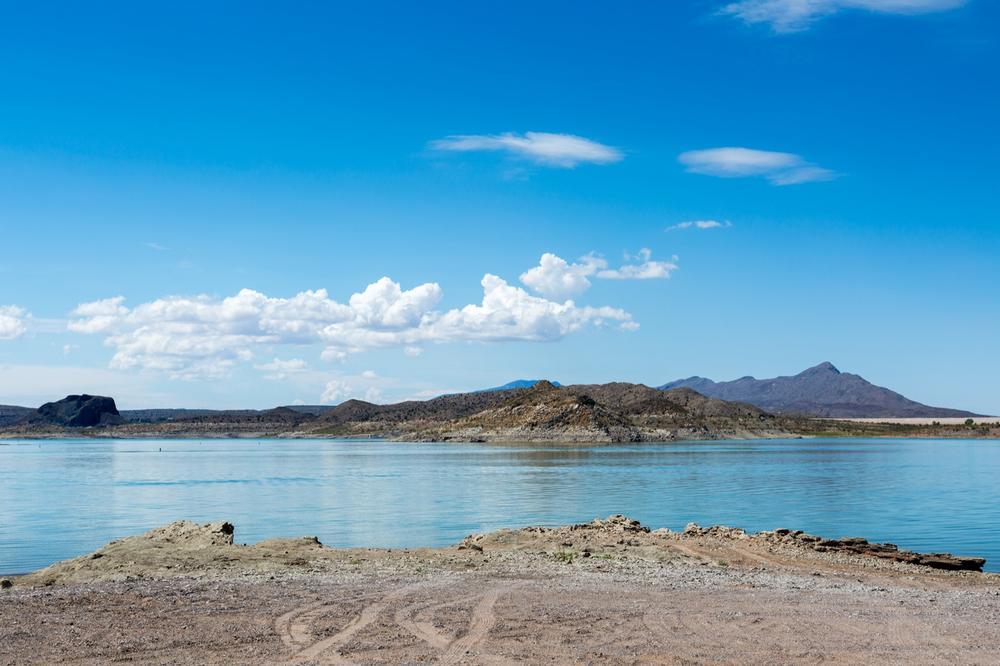
1. Elephant Butte
Elephant Butte was big...really big! The kind of place where you look out across the water and forget you’re in the desert.
We drove about 2.5 hours south (150 miles) from Albuquerque to Elephant Butte (population around 1,700), a small town named for a rock formation in the Rio Grande.
You can spend your days enjoying kayaking and other water adventures, and relax with a view of New Mexico's largest reservoir in the state.
I think Elephant Butte is one of the best New Mexico beaches. Why? The whole place is super interesting with its mix of desert and water. The contrast created such a unique and underrated beach atmosphere! Hotel options include 3-star Holiday Inn Express & Suites Truth or ConsequencesM for families or 4-star Hoosier Hot Springs & Inn for a romantic getaway.
- Location: Map & Directions
- Best Time to Visit: Weekdays in summer for smaller crowds
- Elephant Butte Website
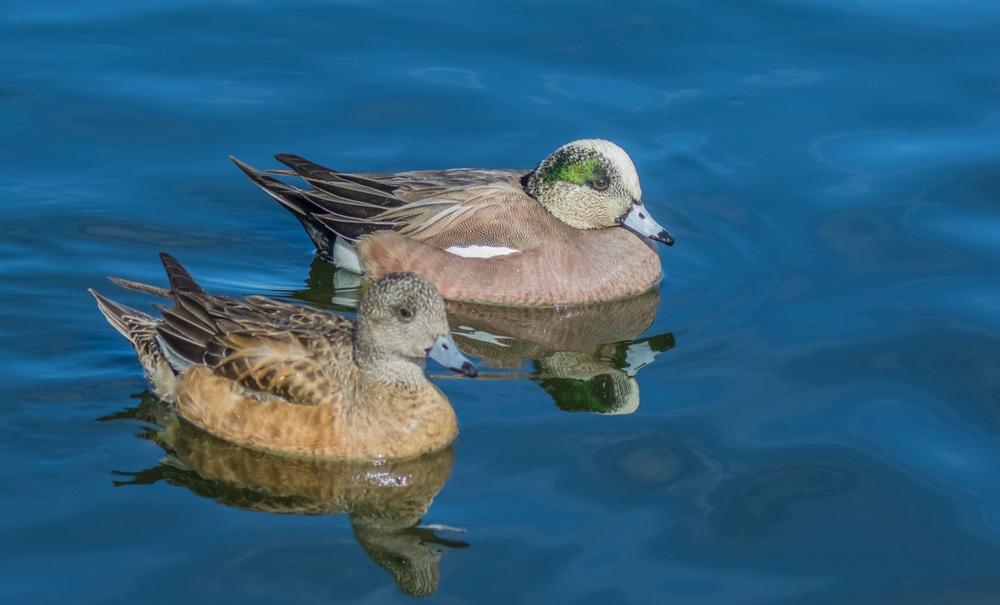
2. Tingley Beach
If you are based in Albuquerque (we checked into ARRIVE Albuquerque for a week), I recommend Tingley Beach, 10 minutes west from downtown Albuquerque. When I first discovered Tingley Beach in Albuquerque, I couldn’t believe such an awesome little gem existed right in the heart of the city along the Rio Grande.
You can go fishing, jogging, rent a paddle boat, and hike along the trail that circles the area
Tingley Beach’s part of the ABQ BioPark, and I thought it was one of the coolest and most underrated spots for both locals and visitors to spend a relaxing weekend afternoon.
In addition to the beach, there's so much to do in Albuquerque that you can never get bored, including Sandia Peak Tramway, the National Museum of Nuclear Science & History or the Anderson-Abruzzo International Balloon Museum.
- Location: Map & Directions
- Tingley Beach Website
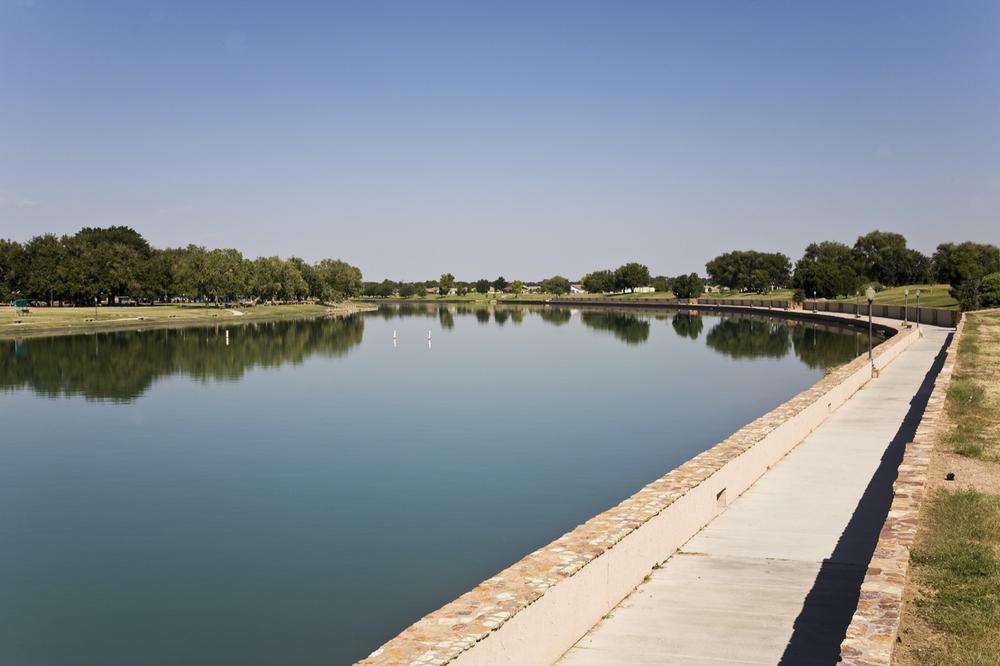
3. Lake Carlsbad
When I visited Lake Carlsbad in southeastern New Mexico, I was completely charmed by how this underrated gem transformed the Pecos River into a spectacular beach-style getaway.
We drove about 2.5 hours northeast from El Paso to Carlsbad (population around 32,000), where the Pecos River is dammed to create Lake Carlsbad. This long, narrow reservoir has been a community gathering spot since the 1890s.
You can swim, picnic, go on romantic strolls along the shoreline, or rent a paddle boat.
We also explored the surrounding park, where the grassy areas, shade trees, and trails made it an awesome spot for biking, jogging, or just relaxing by the water.
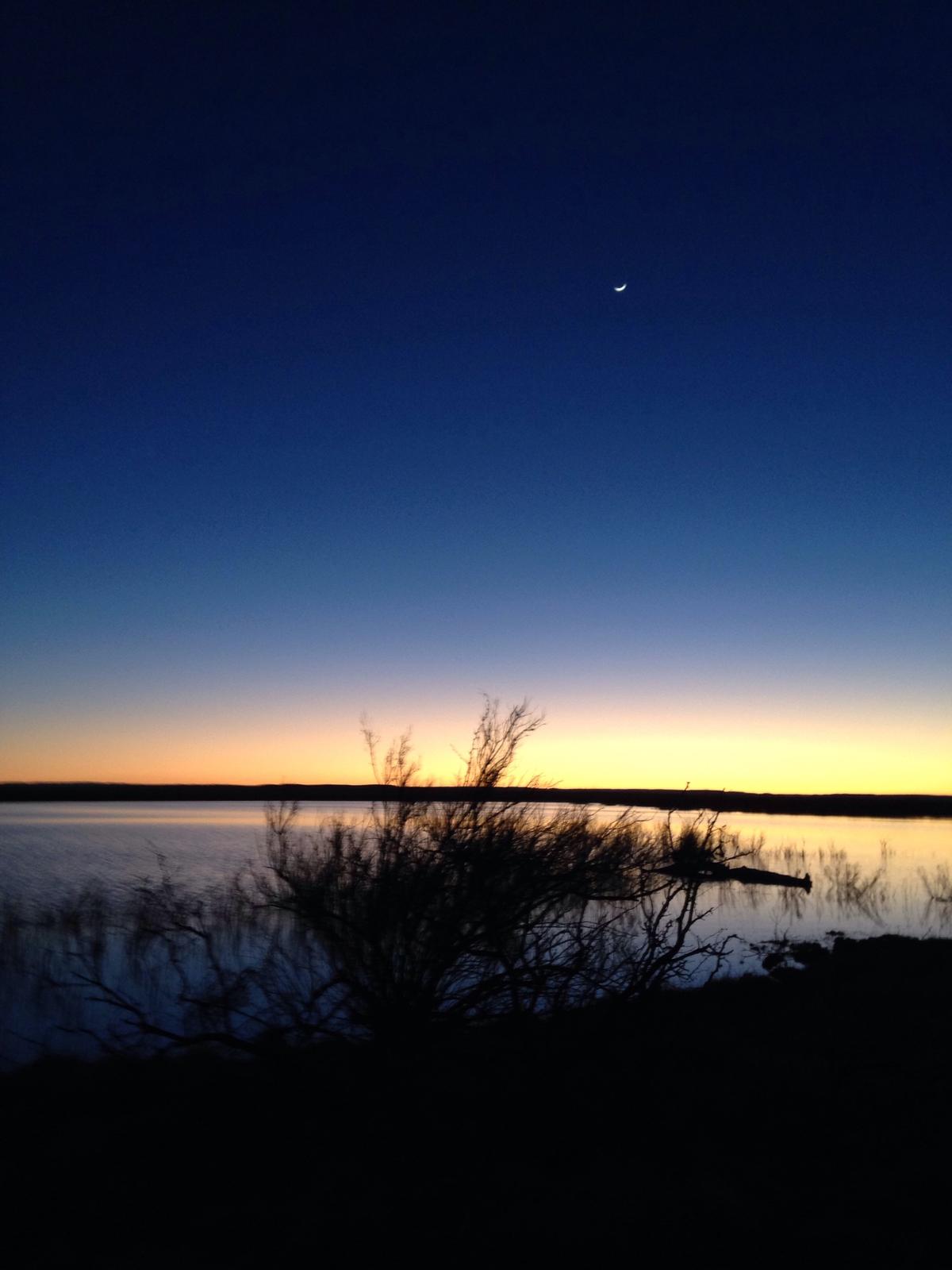
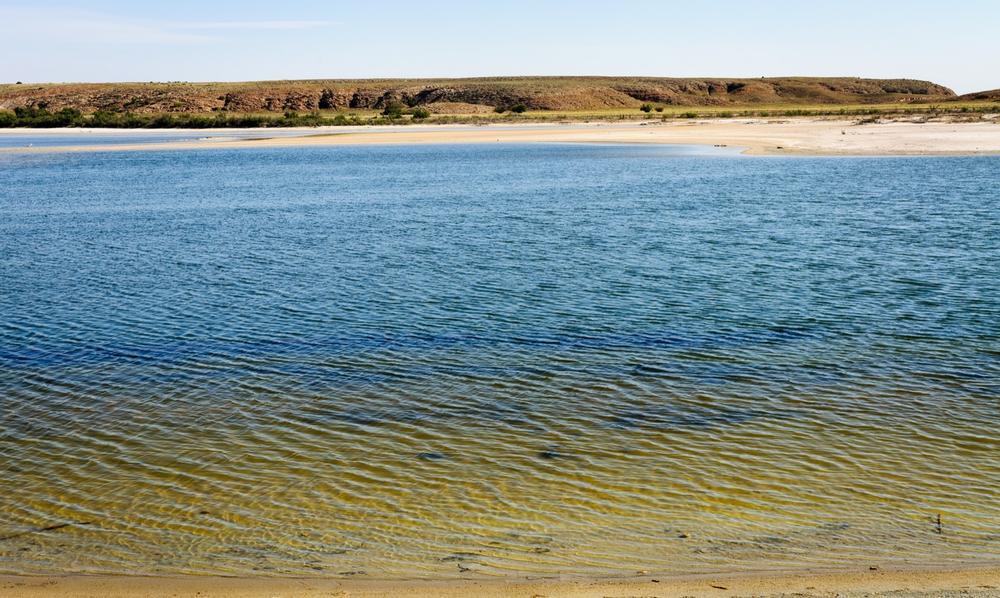
4. Lea Lake
When I first visited this lake in Bottomless Lakes State Park near Roswell, I couldn’t believe such a spectacular spot existed in the middle of New Mexico’s desert! This hidden gem is actually the only swimming lake in the park, and I thought it was the absolute best place to cool off on a hot summer day.
We drove about 3.5 hours southeast from Albuquerque to Lea Lake, centerpiece of Bottomless Lakes State Park. Despite the name, the “bottomless” lakes are actually sinkholes formed in gypsum rock, with depths up to 90 feet.
You can barbecue, dive into the clear, spring-fed water, which is both refreshing and unusual. I think that Lea Lake is one of the best NM beaches because the facilities made it affordable and easy to spend the whole day there, with shaded picnic tables, grills, and even spots for camping nearby. Watching the sunset across the water was pure magic.
- Location: Map & Directions
- Lea Lake website
I like that there are affordable places to stay nearby like Holiday Inn Express & Suites Roswell by IHG.

5. Park Lake
This lake in Santa Rosa, New Mexico, surprises you by how this small but vibrant spot turned into such a joyful summer getaway. There's a sandy beach area perfect for kids.
We drove about 2 hours east from Albuquerque to Santa Rosa (population around 2,600), a town famous for its Route 66 heritage and roadside Americana. Right in town, Park Lake has been a summer swimming spot since the 1930s, when the WPA built the dam and recreation area.
You can let you kids play, paddleboard, try the inflatable water park, swim boat and fish! There is plenty of space for a picnic here too.
- Location: Map & Directions
- Park Lake website
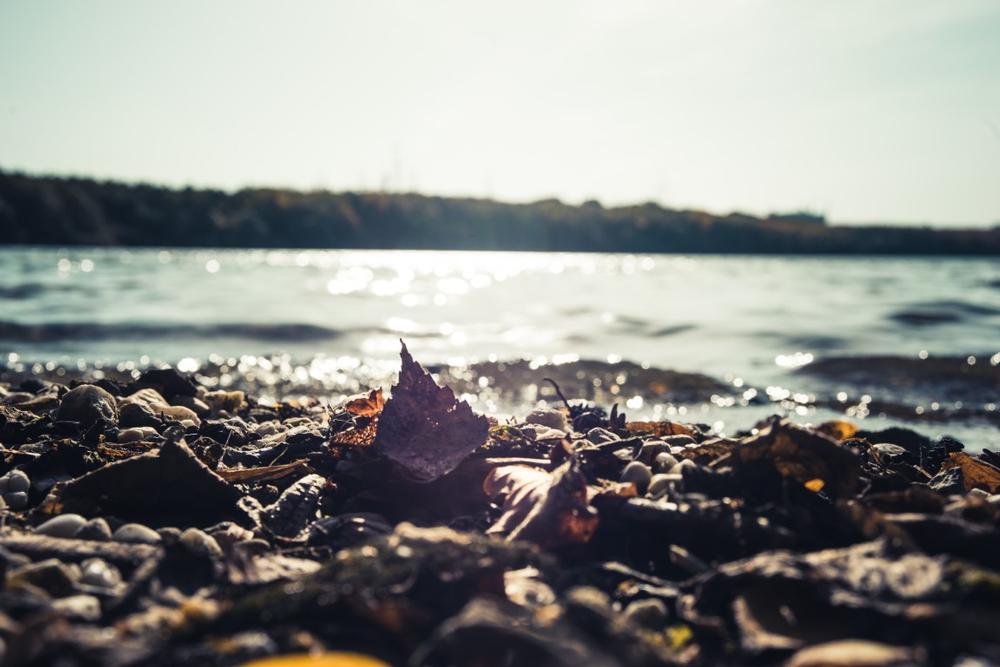
6. Navajo Lake State Park Beach
This place was like a hidden beach paradise tucked into the mountains. Created in 1962 with the Navajo Dam on the San Juan River, the lake stretches 35 miles long with more than 150 miles of shoreline.
We drove about 3.5 hours northwest from Albuquerque to Navajo Lake State Park, home to New Mexico’s second-largest lake. Since there are no hotels in the park we checked into 4-star Hyatt Regency Tamaya Resort and Spa for two nights neaby.
You can spend your days day on the sandy beach area, built sandcastles, fish, or go boating and kayaking. There are campgrounds near the lake. Keep an eye on park alerts if you decide to spend the night because often you have to boil the water to make it safe to drink.
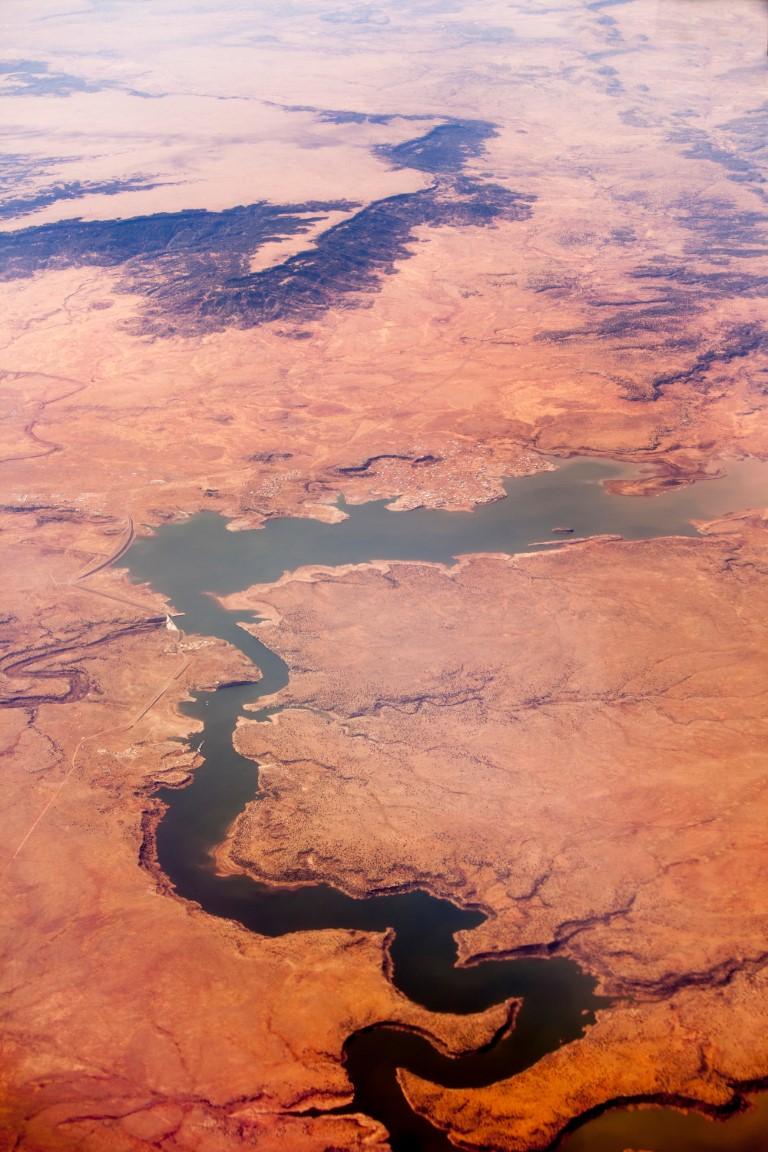
7. Conchas Lake
When I visited this place in eastern New Mexico, I was struck by how this underrated gem felt like a spectacular desert oasis that completely won me over.
We drove about 2.5 hours east from Albuquerque to Conchas Lake, a 25-mile-long reservoir created by the Conchas Dam on the Canadian River in 1939. Set among sandstone cliffs and desert mesas, the lake has long been a retreat for anglers and boaters.
- Location: Map & Directions
- Conchas Lake website
Located between Santa Rosa and Tucumcari, it’s one of the best weekend getaways for both locals and travelers looking for a joyful mix of water fun and wide-open landscapes.
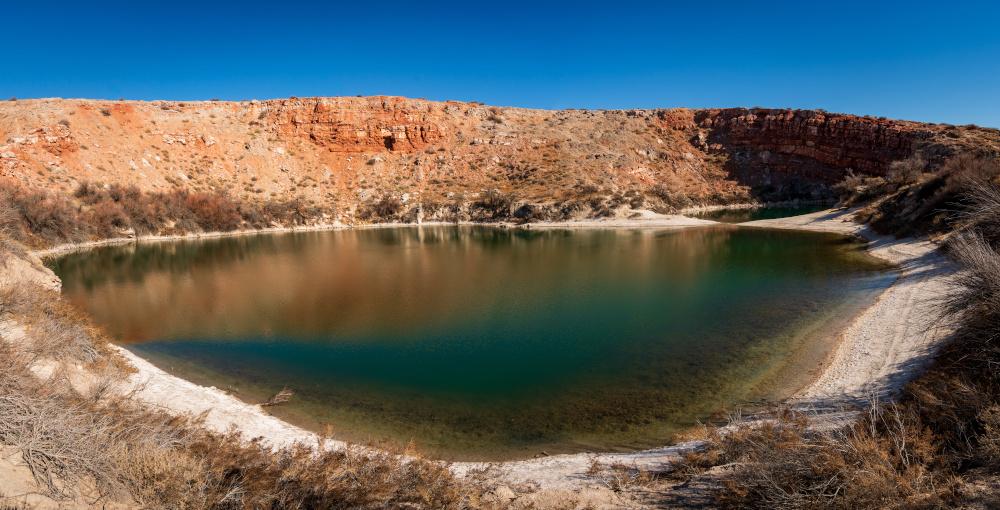
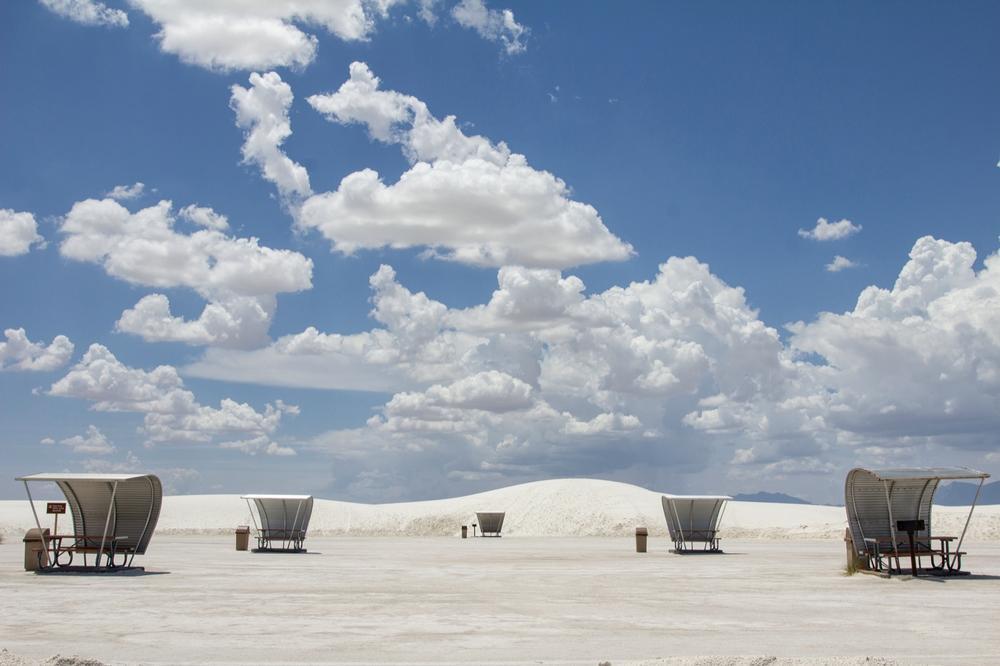
8. White Sands National Monument
I was absolutely blown away by the surreal beauty of the world’s largest gypsum sand dunes at White Sands National Monument near Alamogordo. No, there is no ocean beach! Just sand! That's why I'm mentioning it last. But even without water it's pretty special because it preserves 275 square miles of dazzling white gypsum dunes, the largest field of its kind in the world.
Here you can watch incredible sunsets, picnic, see unique plants and wildlife. Sorry, again, there's no swimming here. But for me, White Sands is an exceptional and unique adventure that combines fun, and beauty in the most spectacular way possible. You can spend the night at Holiday Inn Express & Suites Alamogordo by IHG which was close and convenient.
- Location: Map & Directions
- Best Time to Visit: November to March for cooler weather
- White Sands Website

Conclusion
I hope that this article gets you thinking about New Mexico as a beach destination. After exploring these incredible spots, I realized New Mexico’s beaches are some of the most underrated gems in the Southwest.
If you’re searching for the absolute best adventures, these vibrant spots prove that New Mexico’s beaches are cool, unique, and completely worth the journey.
Booking Checklist
1. Book Your Flight - I use Expedia because I like their mobile app with my itinerary. They've helped me re-book flights on many occasions. Once you reach their Gold tier, support is especially good.
2. Book Your Hotel - I use Booking.com or Expedia, depending on my destination.
3. Book Your Rental Car - I use Expedia.
4. Book your tours on Viator or Get Your Guide.
5. If you are planning to visit more than three national parks in the next 12 months, buy the America the Beautiful Pass.
